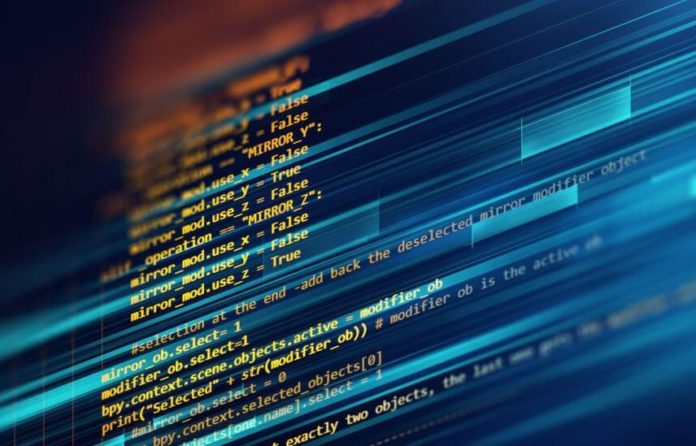
Data exploration is one of the most important steps during a data analysis, which plays a crucial role in unearthing business insights and opportunities which could be left behind due to incomplete data access, erroneous data, poor quality data, unreliable data, out-of-date data, high costs, or any uncertain business risks.
Most data analysts and data scientists employ data exploration to ensure that the results they produce or obtain are accurate and acceptable for any desired business goals and outcomes. And the primary use of data exploration is to assist in the analysis of the data before making any assumption or decision.
Data exploration might take a significant amount of effort; that is, it might involve large datasets of data that are being identified and sorted using various tools and techniques. A lot of hard work goes into extracting, exploring, and transforming data into a usable format. Once done, it can provide users or customers with greater insights into the business and industry they are working in.
From this, we get maximum insights from the data, uncover its underlying structure, detect any outliers, erroneous data, and anomalies, if any are present in the data, test underlying assumptions, and determine the optimal factor settings.
Data exploration is the first or primary step used to understand, explore and visualize the data to gain valuable insights from the beginning or identify the pattern or important areas to dig deeper. It uses automated tools and manual methods such as charts, visualizations, and reports.
Importance of data exploration
Following are some of the importance of data exploration in data analysis :
- Spotting missing and erroneous data in the data set.
- Identifying the valuable and important variables in the dataset
- Understanding and Mapping the important underlying variables in your dataset
- Checking assumption or testing the hypothesis of the specific model
- Creating an economic model, the model that can explain your data using minimum variables
- Figuring the margins of errors and estimating parameters
- Data exploration provides the context needed to develop a correct and appropriate model to interpret the insights correctly and efficiently.
- It enables us to make unexpected discoveries in the dataset.
- With the user-friendly interface, anyone across an organization can familiarize themselves with the dataset, generate thoughtful questions that may spur on deeper, discover the patterns or trends, and gain valuable analysis to make decisions later.
- It empowers users to explore data in any visualization. Speeds up a time to answers and deepens understanding of users by covering more ground in less time.
Important steps in data exploration
After data preparation, data exploration is needed. The prepared dataset is analyzed to enable questions arising from the data preparation stage. Steps in data exploration play an important role because the quality of input is directly proportional to output quality. In data exploration, a large amount of project time is spent cleaning and preparing the data for further deep analysis.
Following are the steps involved in preparing, understanding, and cleaning data for predictive modeling:
1. Variable Identification
Variable identification identifies predictors, i.e., the input variable and output variables, for further data exploration. Based on the needs, we can change the variable’s data type.
2. Univariate Analysis
The univariate analysis explores the variables one after another. Performing univariate analysis depends on the variable type, whether the variable is continuous or categorical.
3. Bi-variate Analysis
The bi-variate analysis helps find the relationship between two variables. We can use this analysis for any combination of categorical and continuous variables. Several kinds of methods are used to tackle this kind of combination of variables during the analysis process. The possible combinations of variables are categorical and categorical, categorical and continuous & continuous and continuous.
4. Missing values treatment
The missing values in the training data need to be treated cause if we do not correct them correctly, it will result in wrong classifications and predictions later. There are several methods to treat these missing values in the data, such as deletion of pairs or lists that contain missing values, mean mode, and median imputation; this method fills the missing values with the estimated values, prediction model is one of the sophisticated methods for using and operating the missing values in the data, KNN imputation is also used for missing values treatment, in this method missing values of an attribute are imputed using the given number of attributes that are similar to the attribute whose values are missing in the dataset.
5. Outlier treatment
Abnormal observations in the data can cause outliers in the data. Data analysts and scientists need to identify these outliers before they result in severely wrong estimations. There are different types of an outlier, such as data entry errors, measurement errors, intentional outliers, experimental outliers, sampling errors, data processing errors, and natural outliers. Outliers can be detected using Box-plot, histogram, and scatterplot during visualization. Some techniques are used to remove the outliers from the data, such as deleting the observation, imputing, transforming, binning the values, and treating them separately.
6. Variable transformation
This refers to replacing variables with functions. There are three types of variable transformation Logarithm, Binning, and Square or Cube root. The variable transformation changes the relationship or distribution of the variable with the others. This is used when we need to change the scale of a variable or standardize the variables for good understanding; when we can transform the complex non-linear relationship into linear ones, symmetric distribution is favored over the skewed distribution as it is easier to generate inferences and interpret. Variable transformation is also done from the implementation viewpoint.
7. Variable or Feature creation
This is the process of generating new variables from existing or old variables as input variables in the data set. This is used to highlight the relationship between the hidden variables. Different techniques exist to create the variables or generate new features, such as derived and dummy variables.



















